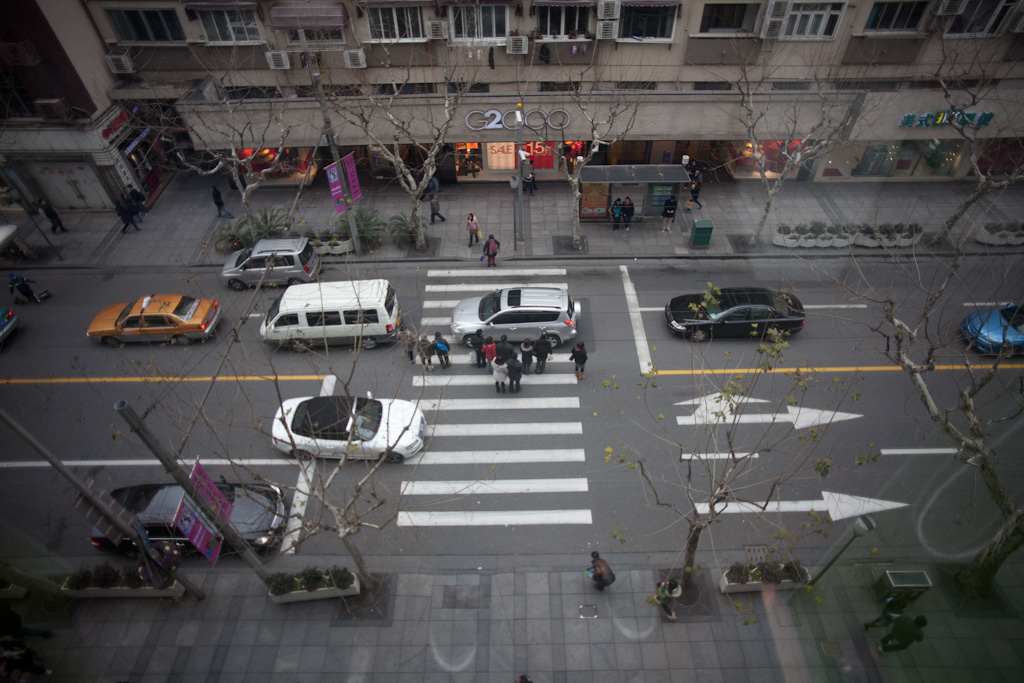With colleagues from our Austin studio having recently completed another recent field study in the automotive space and a guvnor who has perhaps the most wicked four-wheeled ride – I’ve been thinking a lot about the autonomous movement of vehicles. I’ve written before about how the practice of what we currently call ‘parking‘ can change considerably when your vehicle is able to park and drive itself – think of your vehicle autonomously cruising the neighbourhood to be washed, pick-up groceries and recharge its batteries whilst you’re off having lunch.
A few off-road rough concepts to throw out there as we descend into Shanghai and are at the mercy 30,000 frustrated rally drivers masquerading as taxi drivers: the elasticity of a vehicle – its preferred physical distance to its owner, place or other vehicle (ultimately measured in pick-up times); the shy-distance by which your vehicle instinctively avoids, shies away from other vehicles on the road and stationary objects; juddering – the spasm of a dozen or more cars that react and finally settle to the arrival of a new vehicle by trying to find a new optimal shy distance in the parking lot; nanny mode – vehicles that are assigned to pick up young children from school, but end up trailing them at a discreet distance because the kids prefer to walk home; car surprise – when you find your car somewhere unexpected and witness your vehicle engaging in unexpected activities e.g. pickup up flowers at the mall; nookie mode – the informal name for the algorithm that ensures you don’t meet your vehicle when you’re about until you are ready (named after couples who today mutually agree the use of location positioning to avoid one another on a big night out); trailer trashing – where dodgy looking vehicles are assigned to trail an otherwise apparent owner either as a joke or to send a message e.g. a hearse sent by a debt collection agency to scare-up payment; hedge-parking losses – where your vehicle overbooks a number physical parking spaces based on your preferences of timing, location, flexibility and willingness to pay, but is unable to offload the unused spaces on the open market when the time comes to make the choice; fine-rich – the compensation your vehicle receives from other vehicles where parking spaces that you’ve booked are not yet available because other vehicles have overstayed their allotted times.
“My Honda Yanagi S looks old school but has made me fine-rich”
